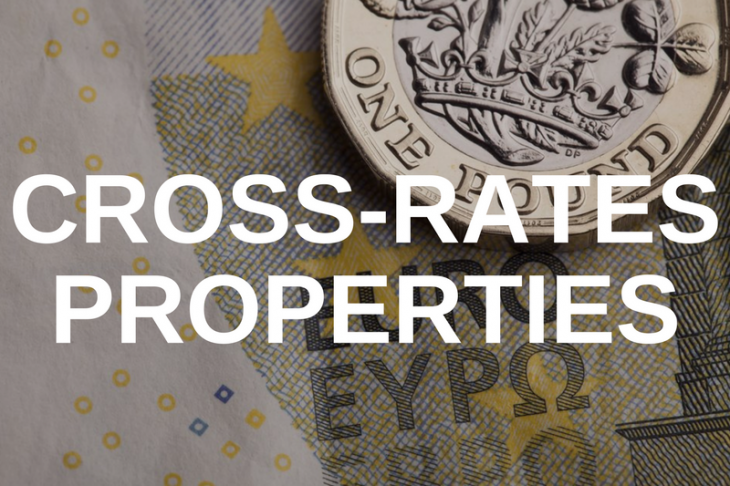
Cross-rates characteristics
Some cross-rates, like the main currency pairs, can differ in the trading style. The main differences between crosses are due to correlation with the main currency pairs, according to which cross-rates are calculated.
The cross-rates with high volatility include currency pairs: EUR/JPY, GBP/JPY, CHF/JPY, AUD/JPY, CAD/JPY, NZD/JPY, GBP/CHF, EUR/CAD, AUD/CAD, EUR/AUD , AUD/NZD.
Accordingly, crosses with low volatility include currency pairs: EUR/CHF and EUR/GBP. This is due to the similarity of the movement of the main exchange rates between the pairs: EUR/USD, USD/CHF, and EUR/USD, GBP/USD. Also, according to this principle, one can talk about cross AUD/NZD, when the pair AUD/USD and NZD/USD are trading unidirectionally.
The trade specifics on cross-rates can also be safe harbor currencies (JPY and CHF) and commodity currencies (CAD, AUD and NZD). With growing fears and negative sentiments on the market, commodity currencies are under pressure and safe harbor currencies are supported, and conversely, under reverse conditions.
In addition, all cross-rates respond well to data on countries, which include currencies, even if the main pairs ignore this news.
Read more about cross-rates and trading on them in the article “CROSS RATES TRADING. FEATURES. ANTON HANZENKO”.